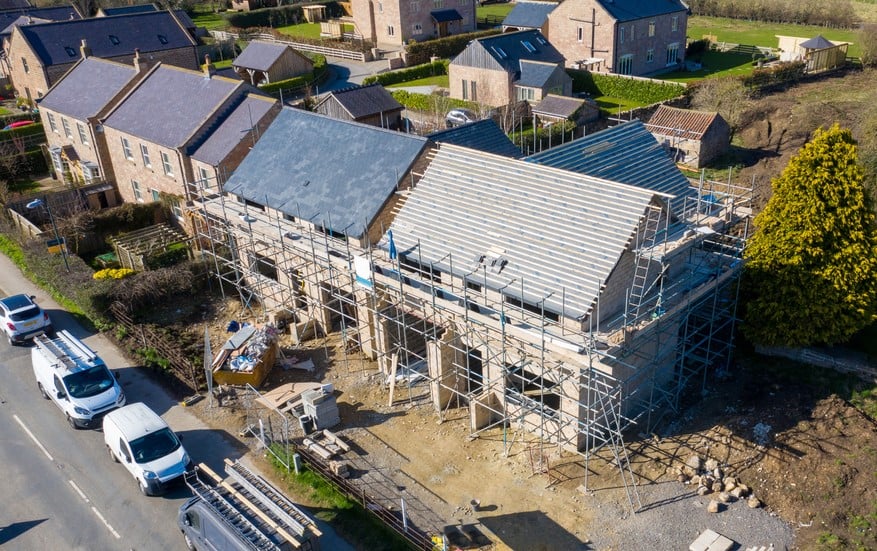
0:05 AM, 1st August 2024, About 6 months ago
Text Size
Labour’s proposal to reclassify a small portion of green belt land could significantly impact the housing market, according to research by Lomond.
Its study indicates that utilising just 1% of the green belt could yield more than 738,000 new homes, nearly half of Labour’s ambitious target of 1.5 million new homes.
Lomond’s analysis examined current land usage, revealing that England’s green belt spans approximately 1,638,420 hectares, or 16.4 billion square metres.
This area constitutes nearly 13% of England’s total land, predominantly used for agriculture (65%) and forest, open land and water (19%), with 16% already developed for infrastructure.
The firm’s chief executive, Ed Phillips, said: “Building on the green belt is a contentious issue and quite rightly so, as nobody wants to see our green and pleasant land concreted over in order to build more housing.
“However, that’s not what Labour is suggesting, and the fact of the matter is that there is a great deal of green belt land that is wrongly classified and could be put to far better use.”
He adds: “The intention to address this issue by creating the grey belt is not before time and, as our research shows, utilising just 1% of this wrongly classified land could go a long way in addressing the housing crisis and delivering the homes needed to help ease the supply and demand imbalance.”
Labour’s strategy includes a brownfield-first approach and the creation of a ‘grey belt’ to reclassify low-grade green belt land, such as sites with defunct agricultural buildings.
An example is a disused garage in Tottenham, currently undevelopable due to its green belt status.
The average new home requires a plot of about 222 square metres, suggesting the entire green belt could support 73.8 million new homes.
With new-build homes averaging £406,732, this initiative could boost the property market by nearly £300.2 billion.
However, a portion of these homes would be affordable, adhering to the National Planning Policy Framework guidelines.
The South East, with the largest green belt, could see 137,514 new homes, the most significant regional increase.
The West Midlands, Yorkshire and the Humber, the North West, and East of England would also benefit substantially.
London’s green belt, though only 2.1% of the total, could still deliver 15,662 new homes if 1% is reclassified, Lomond says.